In today’s competitive market, branding plays a crucial role in attracting customers towards a product. A well-designed packaging can enhance the brand identity and make a product stand out from the competition. However, ensuring color consistency in packaging design and printing can be a challenge. In this article, we will discuss the importance of color consistency in packaging design and printing, the challenges that brand owners face, and how to achieve color consistency.
Color Consistency and Packaging Design
Color consistency is the key to successful packaging design. It ensures that the colors used in packaging are consistent across all printing runs, substrates, and printing processes. This helps in creating a cohesive brand identity and enhances the product’s shelf appeal.
Multiple Packaging Components can make or break the brand
In packaging design, multiple components such as graphics, text, and images are combined to create the final product. If the colors used in these components are not consistent, it can affect the brand’s image negatively. A mismatch in color can make the product look cheap and unprofessional.
Real Problems Faced by Clients
Color inconsistency can do unimaginable damage to a company’s brand image. We will try to focus on mostly faced color consistency problems by brands.And how you should manage best possible color consistency for your packaging in the long term.
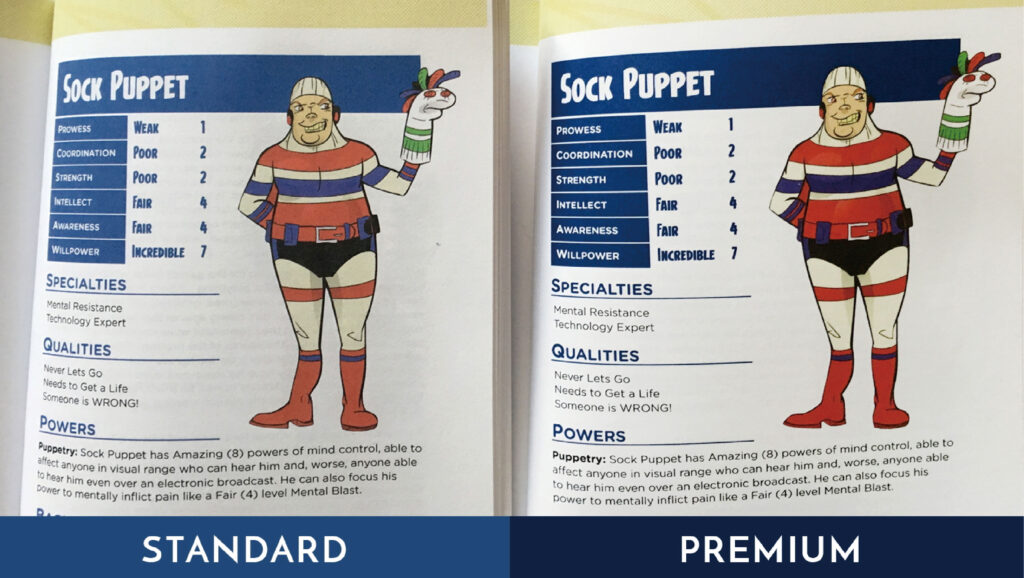
Printing Outcome of Different Lot is different
One of the primary issues faced by clients is the difference in color shade or hue between different batches of the same packaging product. This inconsistency often occurs due to variations in manufacturing processes, raw materials, or ink. For instance, some clients have reported that the packaging they received in their second order had a slightly different color than the first order. This inconsistency can cause confusion among customers and lead to a negative impact on brand perception.
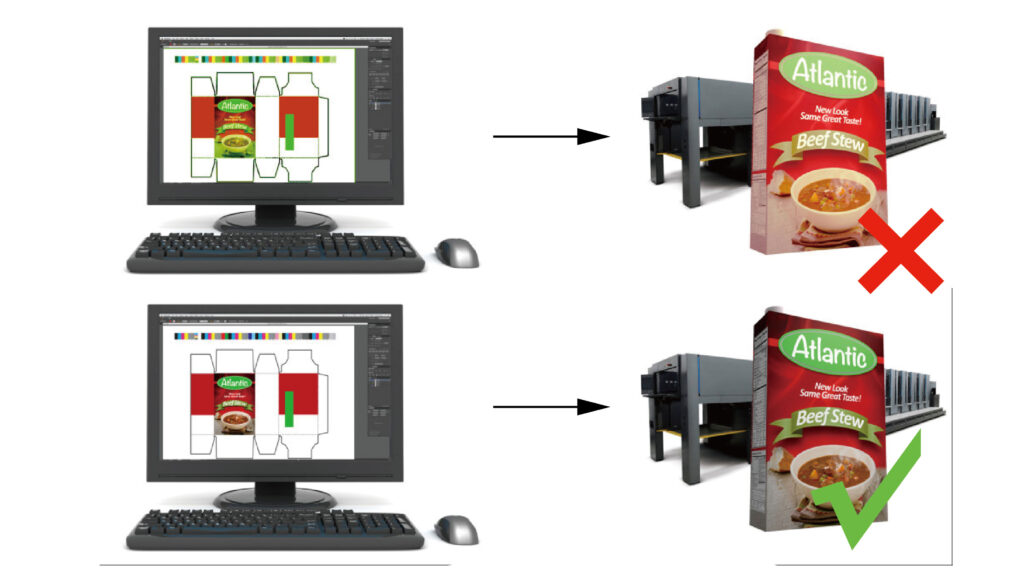
The Color of virtual design and physical printing is not matched
Another problem faced by clients is the difference in color outcomes between the design and the final product. Often, the design of the packaging is done on a computer screen, which may differ in color accuracy from the final product. The design team may have a different color perception than the manufacturing team, leading to a difference in the final product’s color.
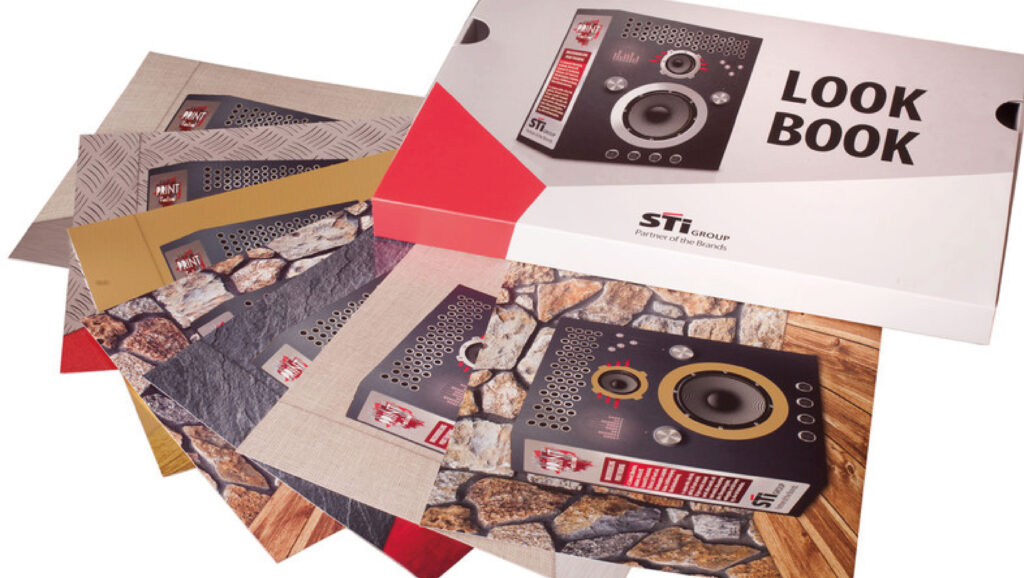
Different color on different materials
Another factor that can contribute to color inconsistency is the use of different substrate materials. Different materials can absorb ink differently, which can result in variations in color appearance. For example, printing on coated paper can produce different results than printing on uncoated paper.
Sustainable packaging materials, such as recycled paper or biodegradable plastics, can also have a different color appearance compared to non-sustainable materials. Therefore, it is essential to consider the substrate material when choosing the printing technique and ink type.
Color communication can be ambiguous. And expensive
Color communication can be ambiguous and expensive. Brand owners and printers often rely on color samples to communicate the desired color. However, samples can be affected by lighting conditions and can differ from the final product. This can result in multiple rounds of revisions, which can be time-consuming and costly.
The Snowball Effect
Inconsistent color can have a snowball effect on the entire production process. A mismatch in color can lead to delays in production, which can affect the product’s launch date. This can result in missed sales opportunities and affect the brand’s reputation.
What’s a brand owner to do?
To ensure color consistency, brand owners need to implement a color management system. This system should cover all aspects of the printing process, including color selection, printing process, and color communication.
How DrBox Can Help with Color Consistency
DrBox understands the importance of color consistency and has implemented several measures to address this issue. The company uses state-of-the-art printing technology that ensures consistent color matching between different batches of the same product. DrBox also has a dedicated team of experts who work closely with clients to ensure that the color of the packaging matches the design accurately.
DrBox uses Pantone color matching system, which is an internationally recognized standard for color matching. This system provides a precise color identification and communication between the client and the manufacturing team. DrBox also offers color proofing services that enable clients to see the final color outcome before the manufacturing process begins.

Color Code
One of the essential steps in achieving color consistency is using a color code. A color code is a unique identifier that represents a specific color. By using a color code, you can ensure that your colors are consistent across all mediums. The most common color code system used in the printing industry is the Pantone Matching System (PMS).
The PMS is a standardized color matching system that uses a numbering system to identify specific colors. By using the PMS, you can ensure that your brand’s colors are consistent across all printed materials. This system is widely used in the printing industry, and most printers are familiar with it.

Hardware
The hardware used in printing and packaging plays a significant role in color consistency. It is essential to have high-quality hardware that is calibrated correctly to ensure that your colors are accurate. Printers, monitors, and scanners all need to be calibrated correctly to ensure color consistency.
Using a high-quality printer is essential in achieving color consistency. A printer with high color accuracy will produce colors that are consistent and true to the original. It is also essential to use high-quality ink and paper to ensure that your colors are consistent and long-lasting.

Screen Settings
Calibrating your monitor is crucial in achieving color consistency. Your monitor’s settings can affect the way colors appear on the screen, which can affect the way they appear in print. Calibrating your monitor can help ensure that your colors are accurate and consistent.
There are many tools available to help you calibrate your monitor, such as a colorimeter or spectrophotometer. These tools measure the colors on your monitor and make adjustments to ensure that your colors are accurate.
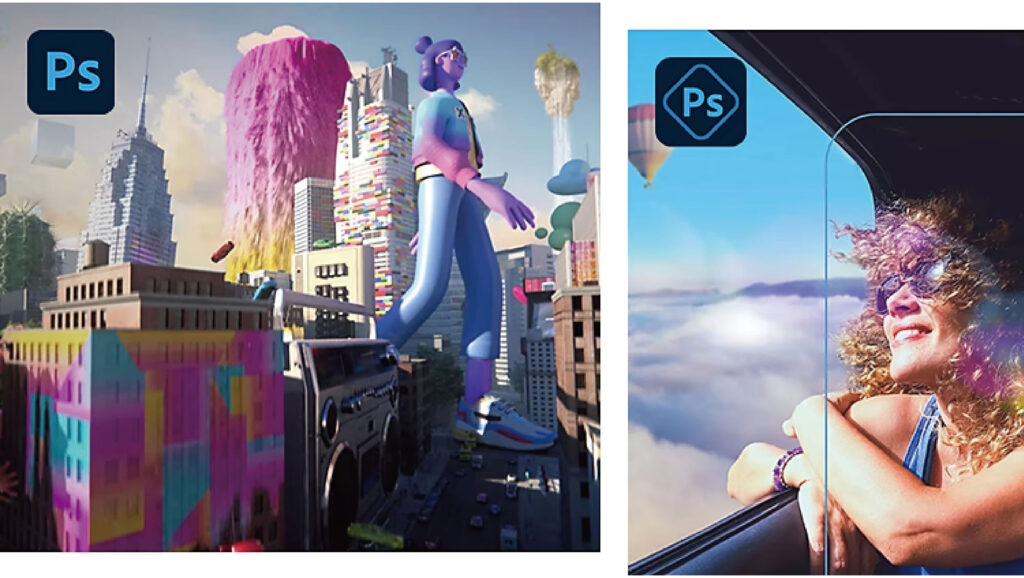
Consistent Technology
Using consistent technology is crucial in achieving color consistency. Using the same software and hardware across all mediums can help ensure that your colors are consistent. For example, if you use Adobe Photoshop to create your designs, using Adobe InDesign to layout your printed materials can help ensure that your colors are consistent.
It is also essential to keep your software and hardware up to date. New updates often include color management improvements, which can help ensure color accuracy and consistency.
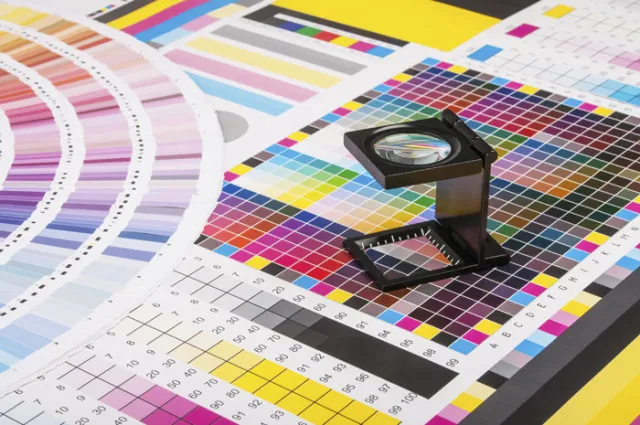
Measure Color
Measuring color is the final step in achieving color consistency. There are many tools available to help you measure color accurately, such as a colorimeter or spectrophotometer. These tools can measure the color of your printed materials and ensure that they are accurate and consistent.
It is also essential to have a standardized color measurement process. By establishing a consistent process, you can ensure that your colors are consistent across all mediums. This process should include measuring your colors, comparing them to your color code, and making any necessary adjustments.
Final Thought
In conclusion, achieving color consistency in printing and packaging is crucial in creating a strong brand image and increasing brand recognition. By using a color code, high-quality hardware, calibrated monitors, consistent technology, and measuring color accurately, you can ensure that your colors are consistent and accurate across all mediums. Remember, consistency is key when it comes to brand identity, and achieving color consistency is an essential step in creating a strong brand.






